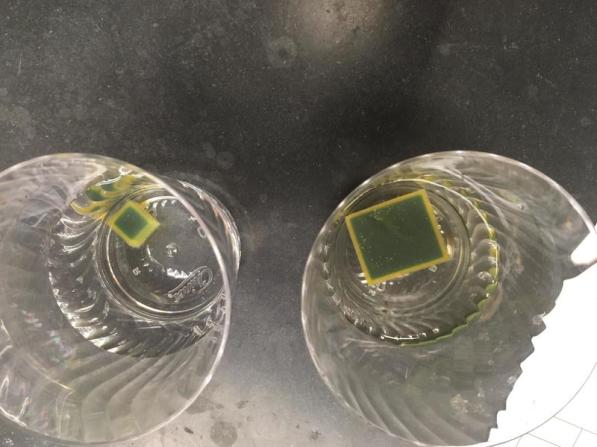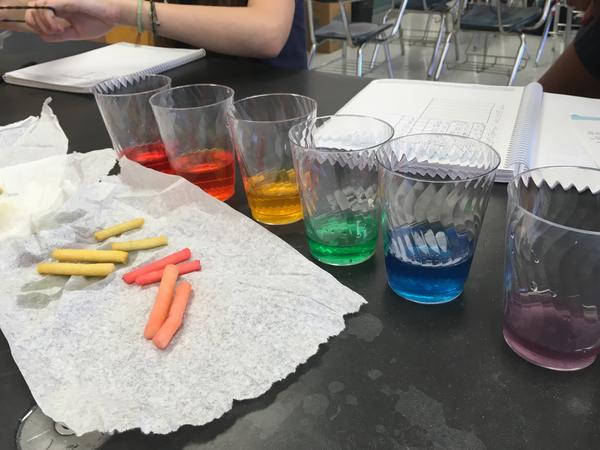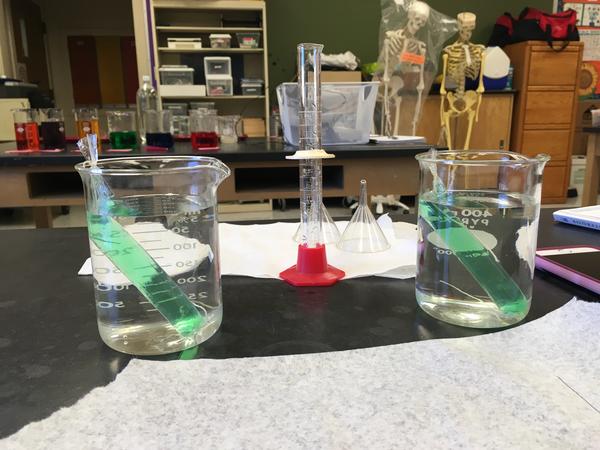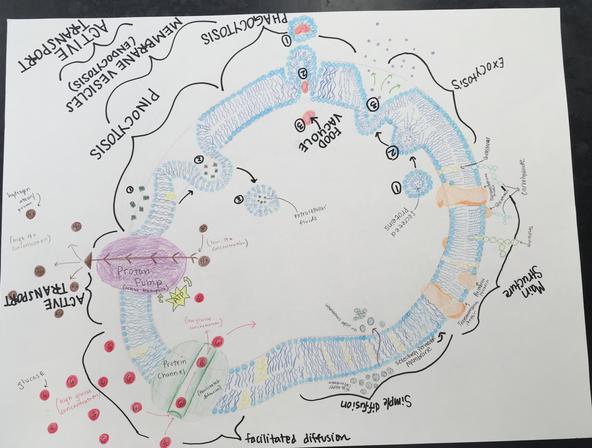Ahh, finally! The moment the entire class has been waiting for! The AP Bio exam is done with at last. Since August, we’ve been preparing for the culminating test to our entire course.
Do I think I did as well as I hoped? No. But I somewhat expected to do as I did. I wouldn’t say that the content was difficult, for I don’t remember having too many problems answering the questions. What stopped me from answering all of the questions, especially the short answer, was the time pressure. I am a slow worker, but I tried really hard not to overcomplicate my answers in the long responses and leave time for the rest of the short answers. But the time managed to slip away. I knew this would be my main obstacle, as I never finished when our class practiced timed writing.

Photo courtesy of clearbiology.com
I was quite frustrated after the test because I hadn’t gotten to four of the short answers, but I knew I couldn’t change anything so I just let it be. There is still a lingering anger because I really would like to have my AP score count towards my college credits, but again, I cannot change how I did on the test, so there is no reason to dwell on history. As of right now, I know I tried my best, so there’s nothing I could have done more.
When it’s all said and done, the AP test is DEFINITELY not the most important part of the AP course. I have learned so much enriching information and discovered so much about my capabilities throughout this entire year. The AP exam was just an assessment of how well I can test under time in regard to biology content. I feel like the test only asked about 30% of the content we’ve ever covered in class! While that’s probably not a realistic number, the test of 63 multiple choice questions and 8 written responses could not have encapsulated the MASSIVE amount of material I learned. What’s more important is that I retain and gain from the content I learned in class because that will last me a lifetime!
Either way, I have a passion for biology and nothing can change that. I know the test doesn’t define my knowledge and all the skills I have accumulated over the year.




